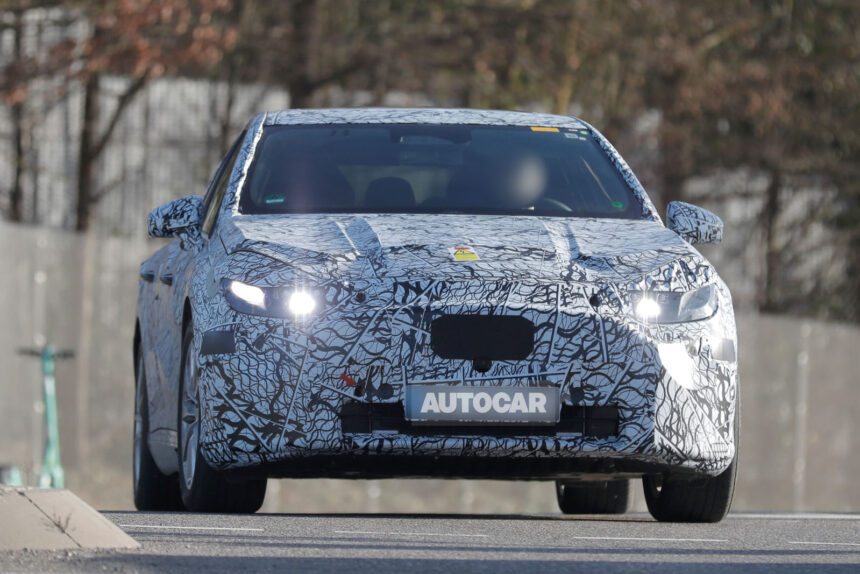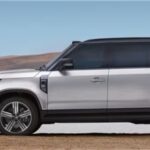Mercedes-AMG has recently introduced AMG.EA as its groundbreaking electric architecture, paving the way for Mercedes-Benz to launch its own platform called MB.EA. This new platform has been hailed as the “backbone” of the brand’s future electric vehicle line-up.
One of the first vehicles to be underpinned by the MB.EA platform will be the C-Class, which is set to make the transition to electric power starting in 2026. The popular GLC model will also be moving to electric power, as it currently holds the title of Mercedes-Benz’s best-selling model.
These new electric versions of the C-Class and GLC will be based on the Medium variant of the MB.EA platform. Positioned between the new CLA and the EQE in the Mercedes-Benz line-up, these electric models will compete with BMW’s upcoming Neue Klasse 3 Series and Tesla’s Model 3.
Mercedes-Benz is focusing heavily on improving the efficiency of its electric vehicles, with the next CLA expected to achieve impressive figures of over 5.0 miles per kilowatt-hour (mpkWh) and ranges exceeding 400 miles. It is anticipated that the C-Class will match or even surpass these benchmarks, while also offering power outputs greater than the predicted 375bhp of the hottest CLA variant.
Despite the shift towards electric powertrains with the introduction of the MB.EA platform, Mercedes-Benz has confirmed that it will continue to offer internal combustion engine (ICE) models based on the existing MRA platform. CEO Ola Källenius emphasized the importance of providing options for both electric and ICE vehicles to cater to varying market demands.
Källenius stated, “If you don’t believe that the market is 100% electric at that point, you have to have the choice for both.” Mercedes-Benz is prepared to invest in developing different architectures for electric and combustion engine models to meet the needs of consumers.
As the C-Class and GLC make the transition to electric power, they will also undergo significant updates to align with the new EV models. While the EV and ICE versions will share similarities in design both inside and out, there will be subtle differences due to the use of different platforms, such as variations in front and rear overhangs.
In conclusion, Mercedes-Benz’s adoption of the MB.EA platform signals a major shift towards electrification in its vehicle line-up. By offering a diverse range of electric and ICE models, the brand aims to cater to a wide range of consumer preferences while maintaining a commitment to innovation and sustainability.





